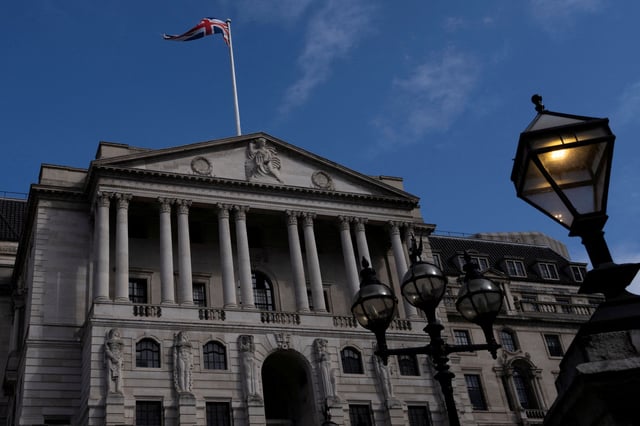Overview
- The Federal Reserve is widely expected to maintain its benchmark rate at 4.25%–4.50% at its June meeting, pausing to assess inflation pressures and tariff impacts.
- The Bank of England’s Monetary Policy Committee is forecast to keep the UK base rate at 4.25% after April’s Consumer Prices Index unexpectedly rose to 3.5% and labour market data showed cooling wage growth and higher unemployment.
- Taiwan’s central bank plans to hold its policy rate at 2% through early next year, while Bank Indonesia is set to leave its benchmark at 5.50%, both prioritising economic stability amid external headwinds.
- Bond investors have reduced long-duration Treasury holdings and pushed back expectations for Fed rate cuts to September, reflecting softer price readings and fiscal policy uncertainties.
- Ongoing US-China trade tensions and renewed Middle East hostilities are reinforcing a cautious, wait-and-see approach across major monetary authorities worldwide.



